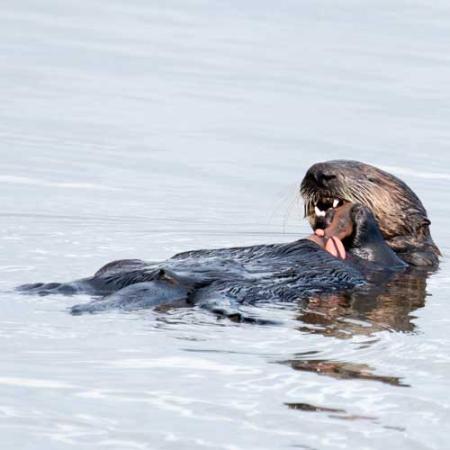In late ’60s there were about 400 named anglerfishes. But when I looked closely, I realized a lot of people had described the same thing over and over again. Nobody realized how easy they were to understand. They have a little luring apparatus on the tip of their snout. With the deepsea anglerfishes, it’s species-specific—they are all different shapes, they have different arrangements of filaments and pigment patterns. In my dissertation, I narrowed it down to 130 species; there are 160 now.
We know a lot more than we used to, but there are so many more things someone could look at. No one has ever seen the chromosomes of these things—nobody knows whether they actually have two sets. People hypothesize that some anglerfishes are reproducing parthenogenetically— they’re cloning. That would be a really neat thing to explore.
I realized a lot of people had described the same thing over and over again. Nobody realized how easy they were to understand.
Ted Pietsch, Burke Museum Curator of Fishes
Ted Pietsch retired in July after 37 years as Burke Museum curator of fishes and professor in the UW School of Aquatic and Fishery Sciences. His work on anglerfishes is described in “Oceanic Anglerfishes: Extraordinary Diversity in the Deep Sea” (University of California Press, 2009).
Excerpted from "In Our Own Words," the Burke Museum 2015 Annual Report.



